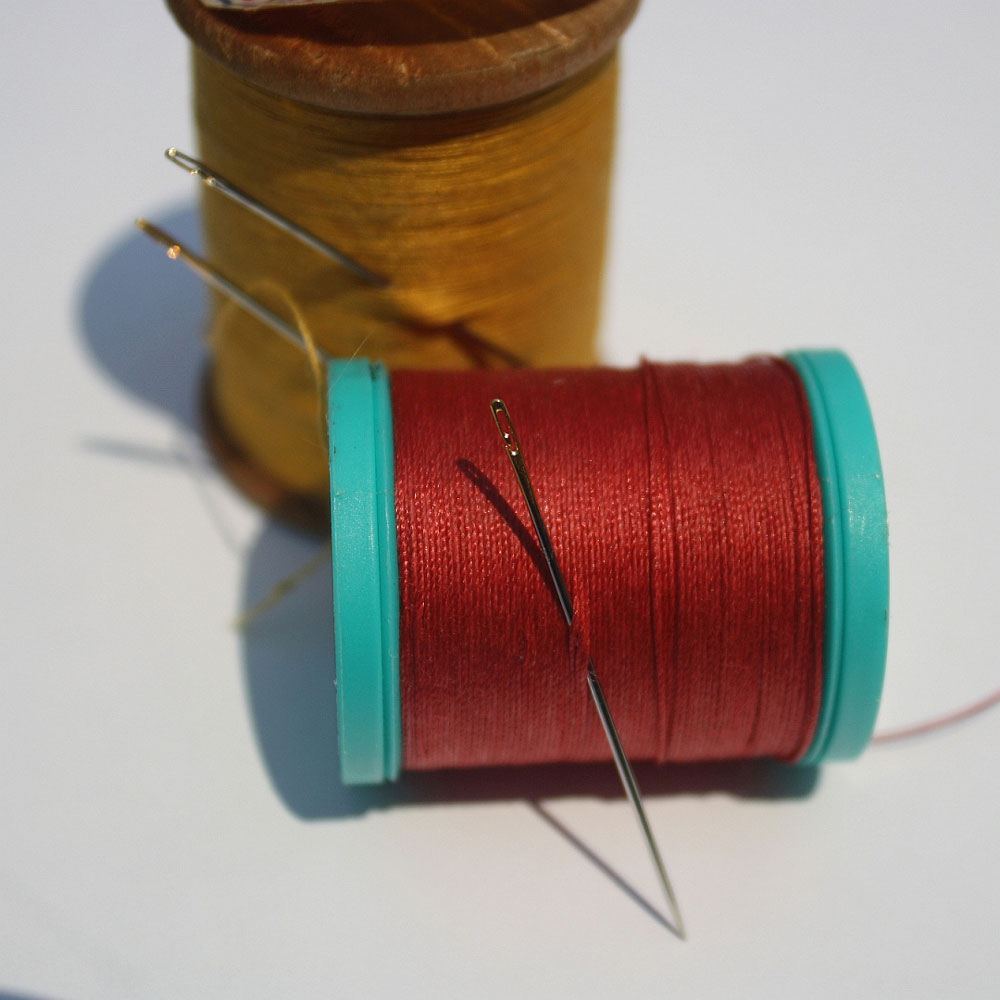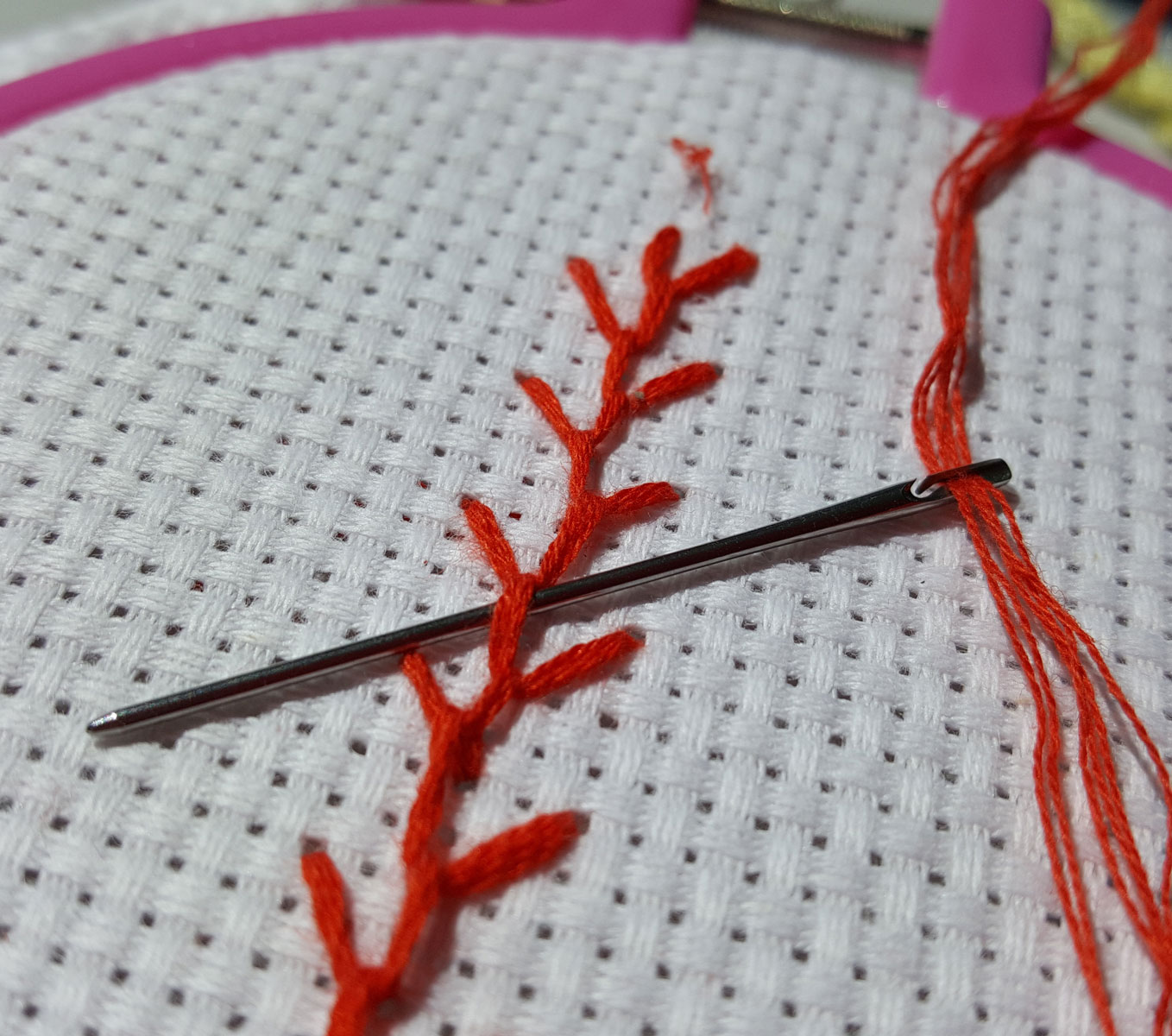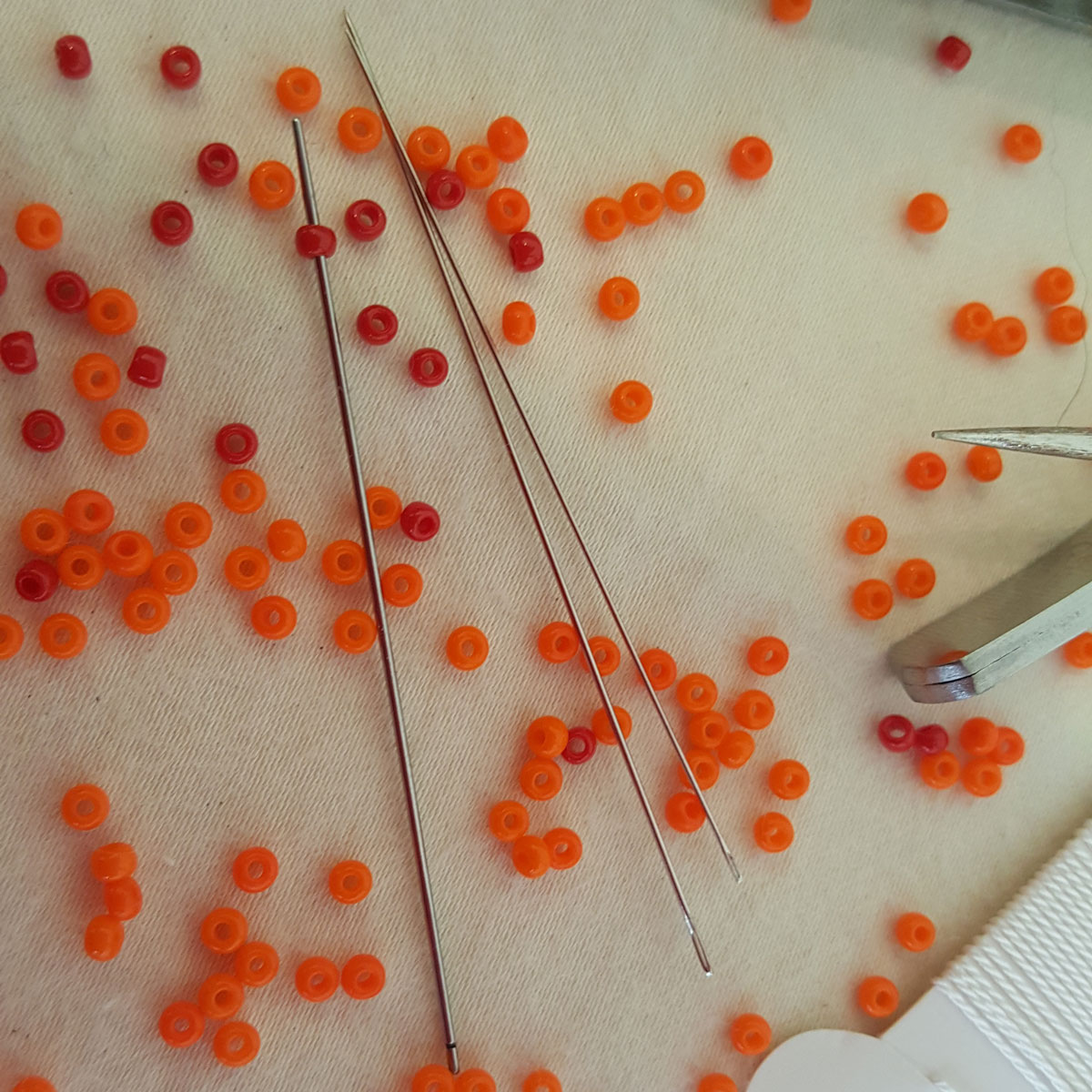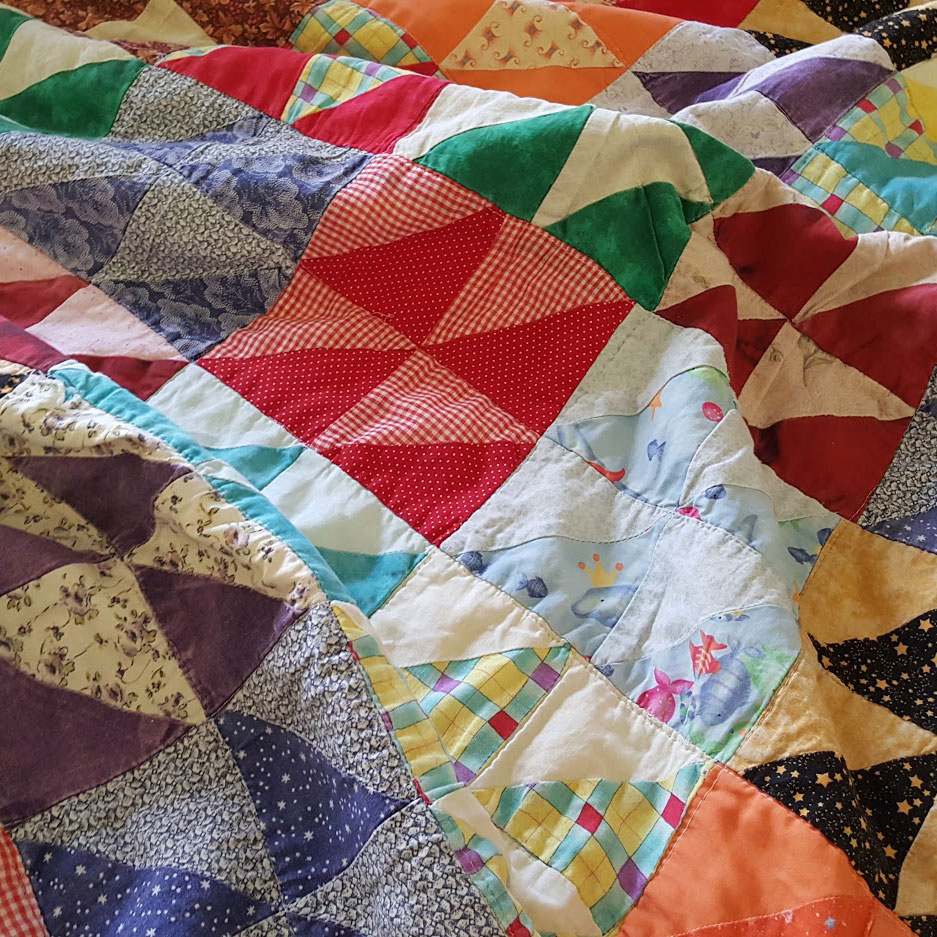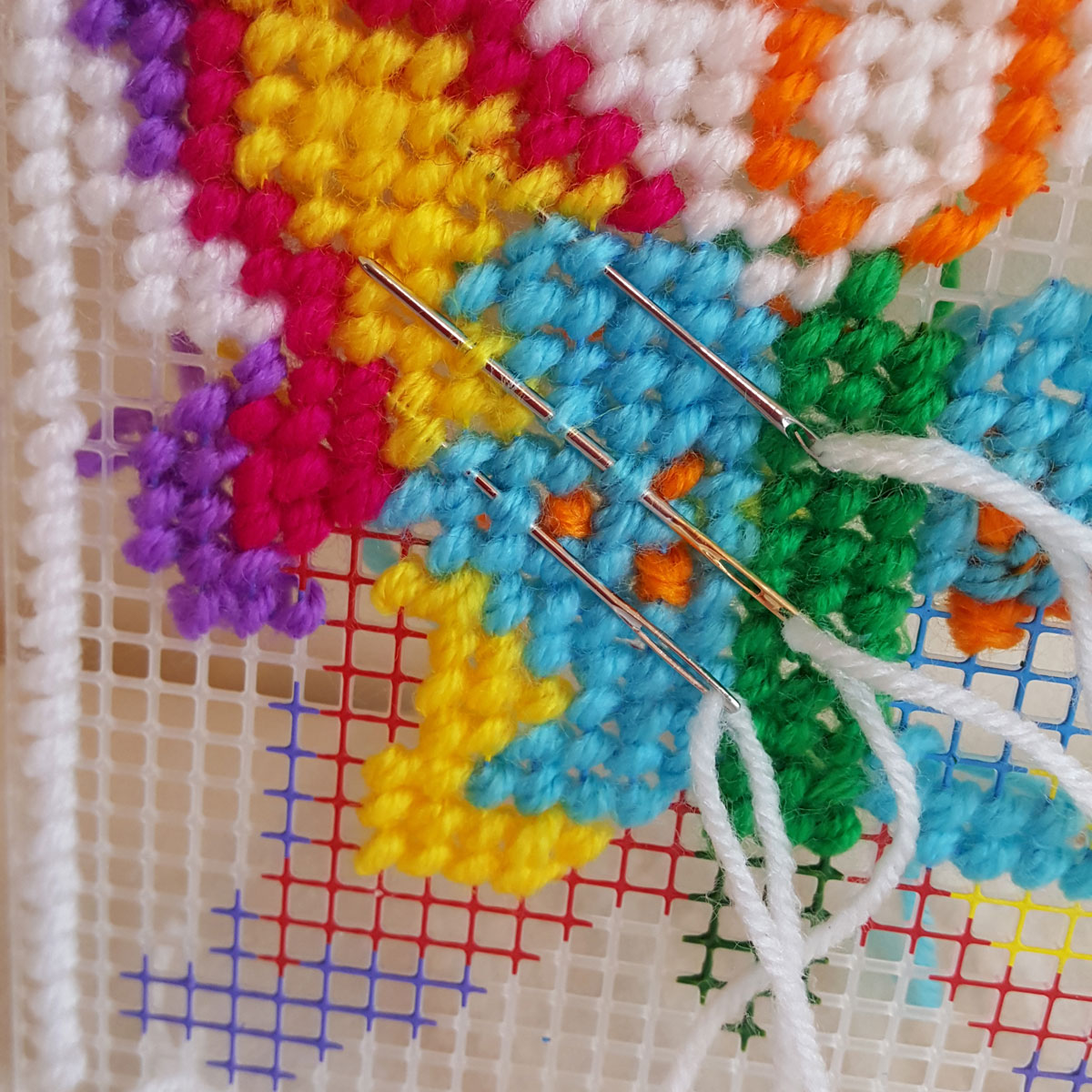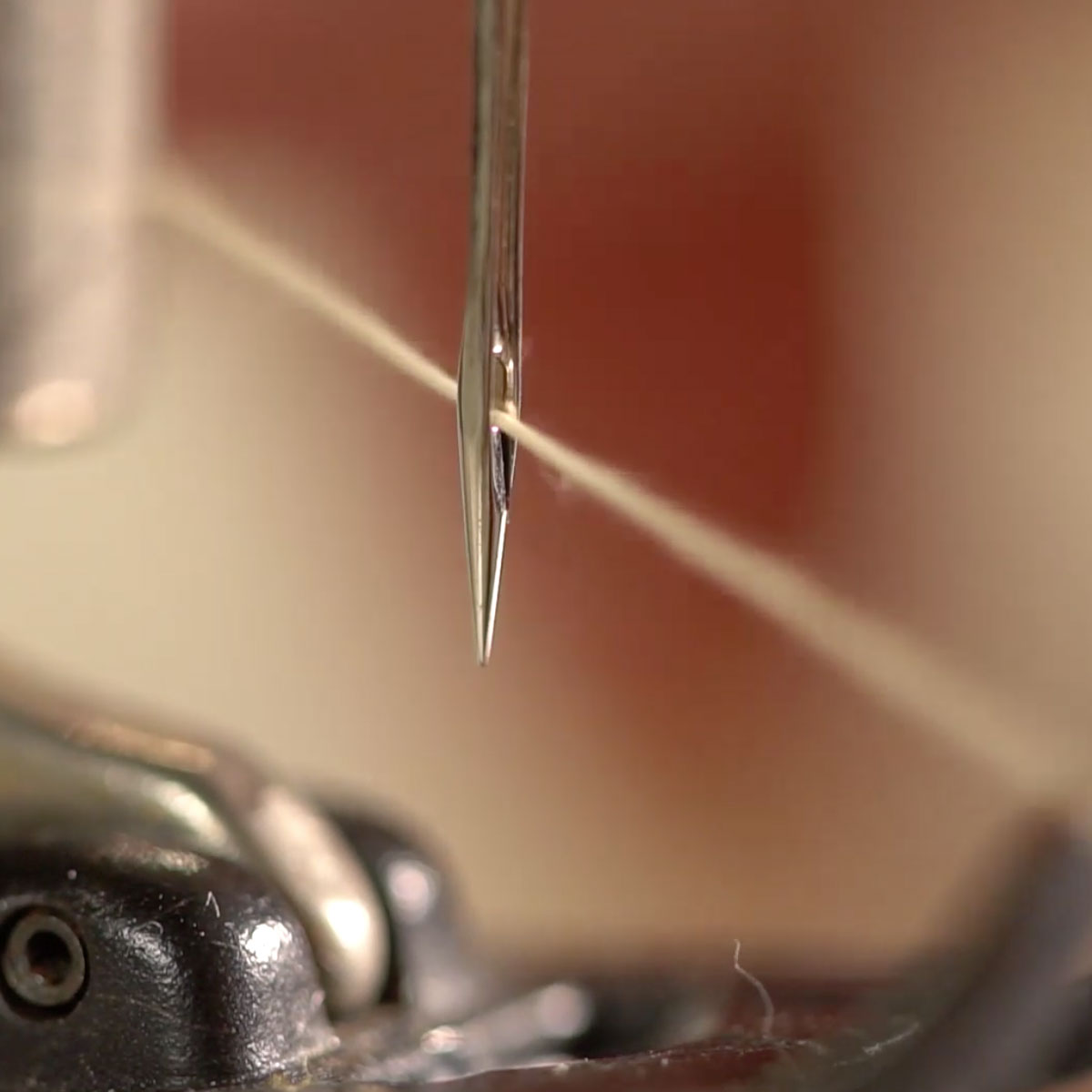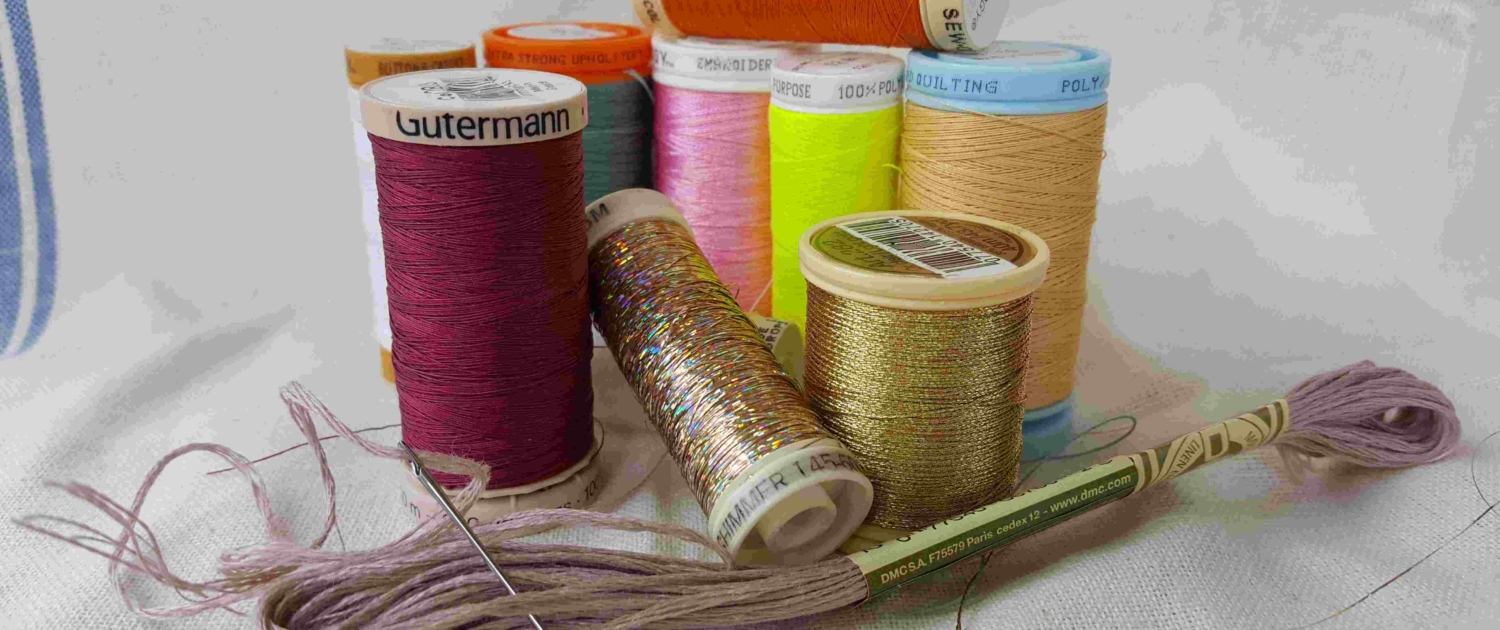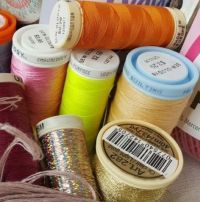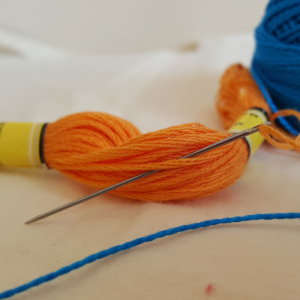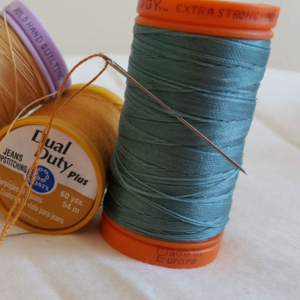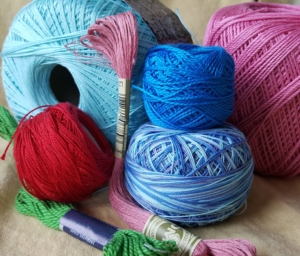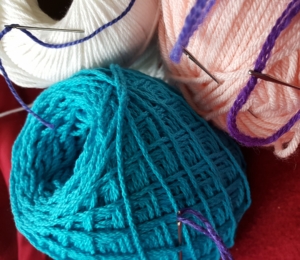-
The task determines the type of needle you will need.
- General sewing and mending tasks usually need a sharp point on a mid size length needle.
- Embroidery can use a general sewing needle like the Spiral Eye size SE-4, but some times people prefer a longer needle such as a straw needle or a milliner needle. And if you are doing crewel embroidery you needle with a sharp point and an eye that can handle the heavy thread/yarn you are using, the Spiral Eye Chenilles will work for some crewel work. Any set of 12 or more Sew Right side threading needles also come in a variety of sizes to easily hold the number and sizes of threads you are trying to fit into an eye of a needle.
- Cross stitch and Needlepoint use needles with a blunt point, called a Tapestry Needle. This allows for the needle to go between the weave and not through the threads.
- Beading requires particularly thin needles. Some like sharp needles to embellish with beads, others want a blunt beading needle for jewelry making.
- Quilter’s have many tasks. For the “rocking motion stitch” to sew pieces together they need tiny needles, called betweens. Bury stray thread tails with the Spiral Eye or Sew Right side threading needle Sew on bindings with a general sewing and mending size needle. Embellish with Redwork using a Chenille needle. Tie them with yarn with a yarn needle.
- Using a Sewing Machine requires a sewing machine needle. You can get a side threading machine needle here.
- Need a hypoallergenic needle? Try Stainless Steel Needles
What kind of thread do you plan to work with?
-
The thickness and complexity of the thread determines the size and type of eye you will want.
- All purpose thread is used for most general sewing and uses a sharp needle.
- Embroidery floss is used when embellishing or embroidery. It comes as six threads bundled together. A person might want to use only a single strand for a thread painting project, or all six to give impact to a leaf or flower. Cross stitch and Needlepoint also use embroidery floss but they use a blunt needle, called a tapestry needle. Side Threading needles work especially well when trying to thread multiple strands of floss.
- Perle Cotton is often times used in Embroidery. Also in Cross stitch or Needlepoint.
- Yarn projects vary from thin yarn to 4 play craft yarn to even thicker yarn. The brand and type of thread can determine exactly what size needle you need. The Aida or mesh count your are working on will also play a part in your decision as to size of needle. If you use it to tie a quilt you will want a Chenille needle. If you are just weaving in the ends of yarn on a knit or crochet project you probably want a tapestry point.
- Invisible thread and fishing line can be very difficult to work with. Beading is the most popular reason people use it. If you are using it for fishing check out the fish baiting needle.
- Quilter’s have many tasks. For piecing and basting they may use all purpose thread but want hand quilting thread for the actual quilting. Sew on bindings with embroidery floss or high quality all purpose thread. Embellish with Redwork using embroidery floss. Tie them with yarn with or Perle Cotton.
- The Spiral Eye side threading machine needle can only do standard all purpose thread. The slot is only 5000th of an inch wide so heavy threads will not fit in the slot.


